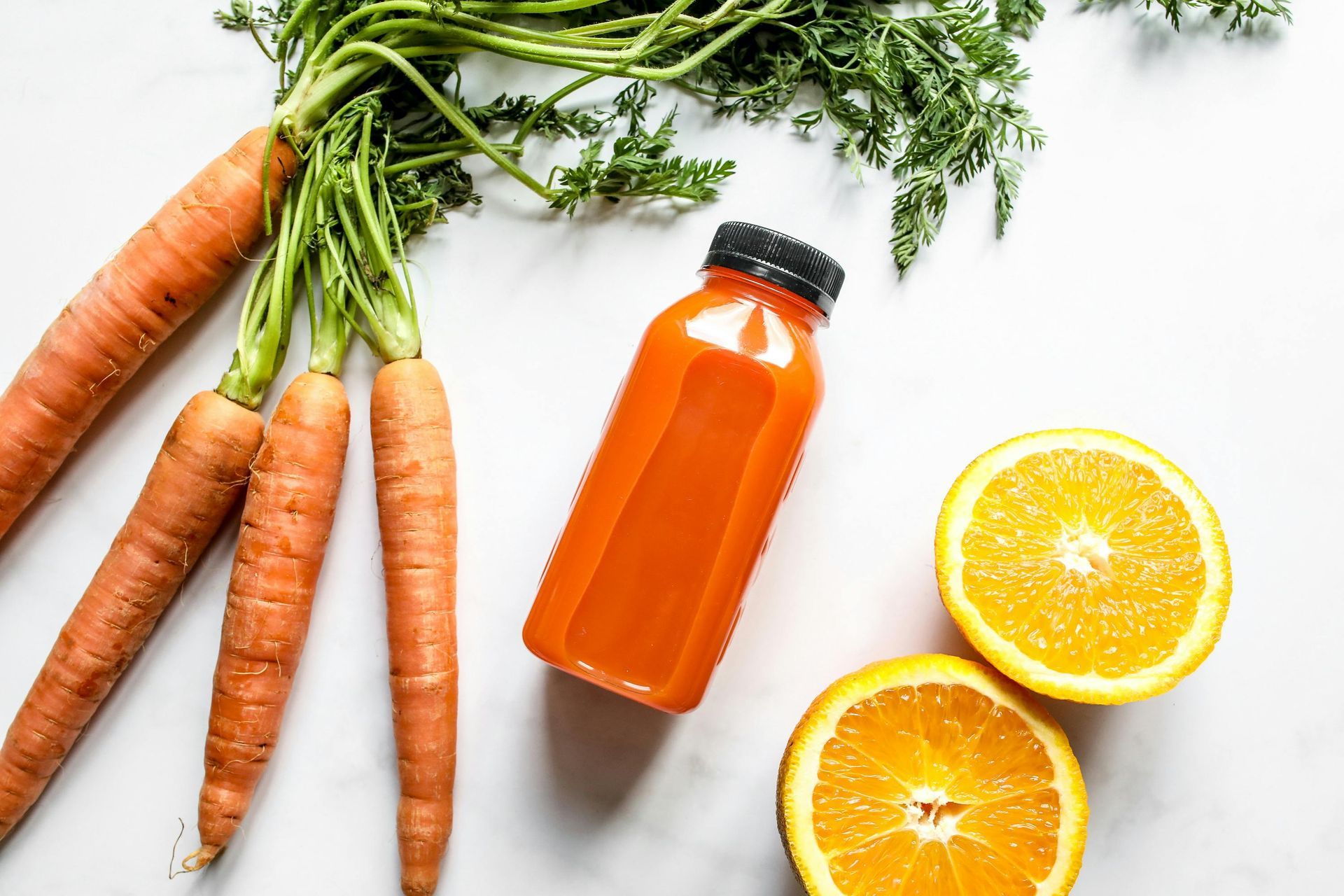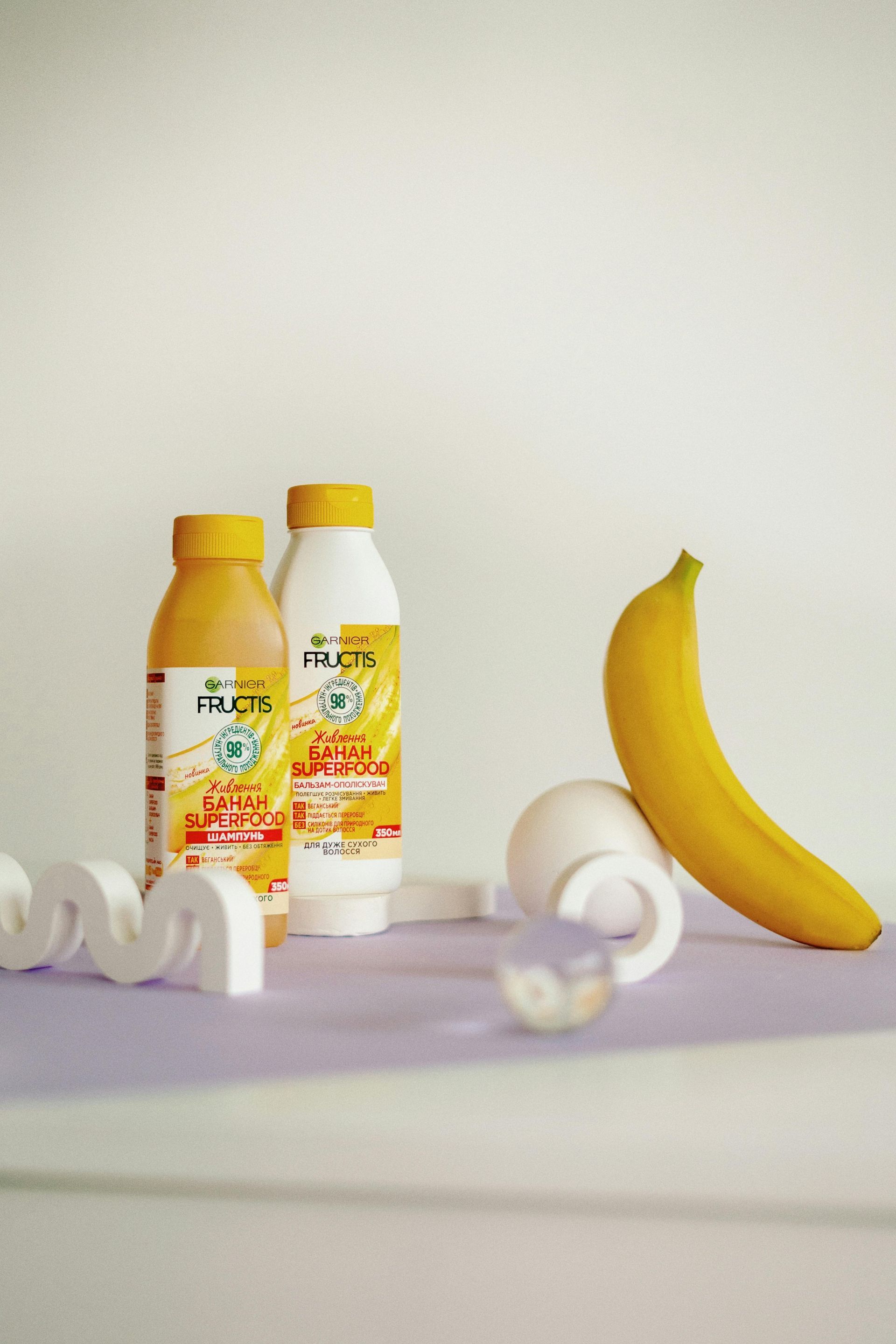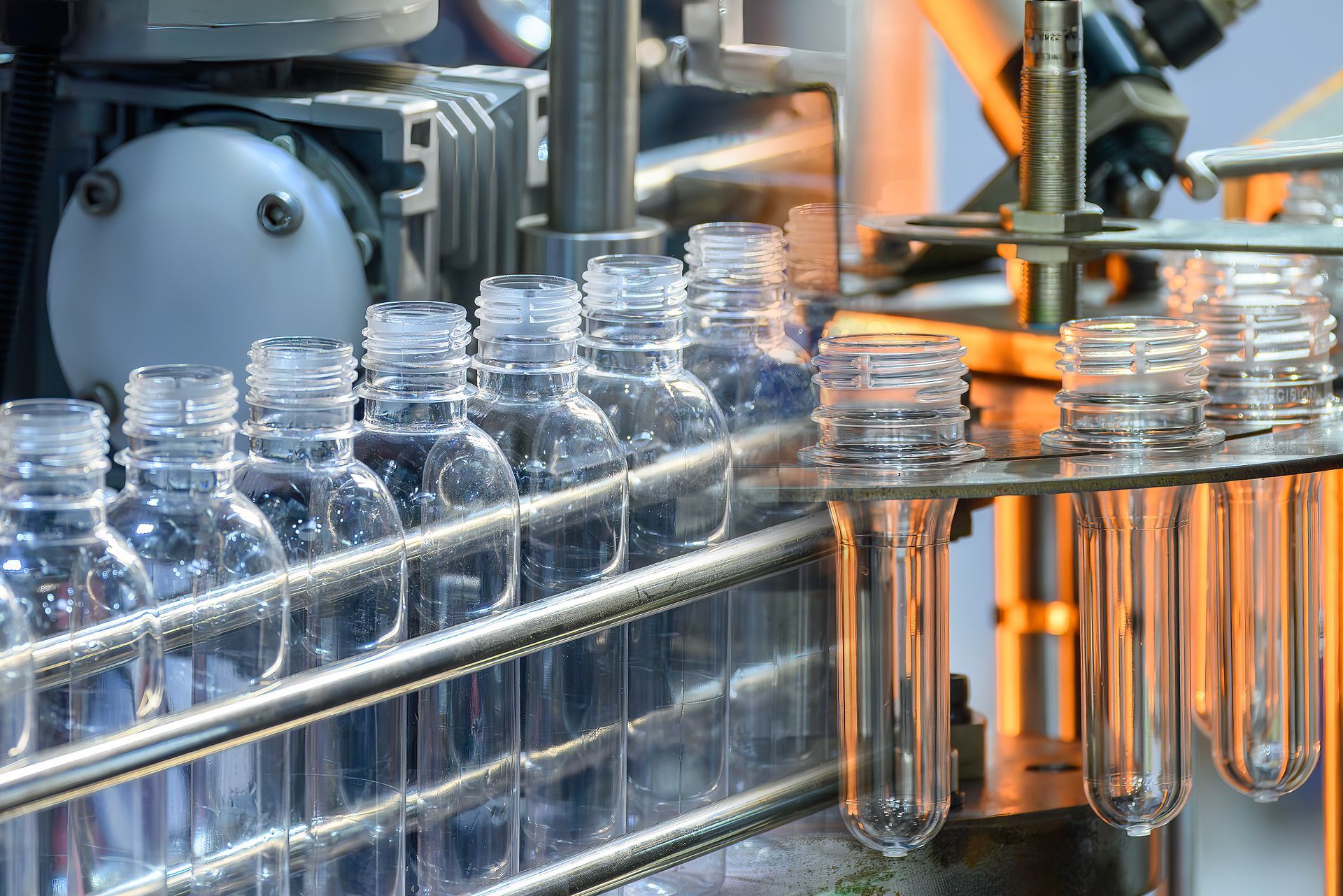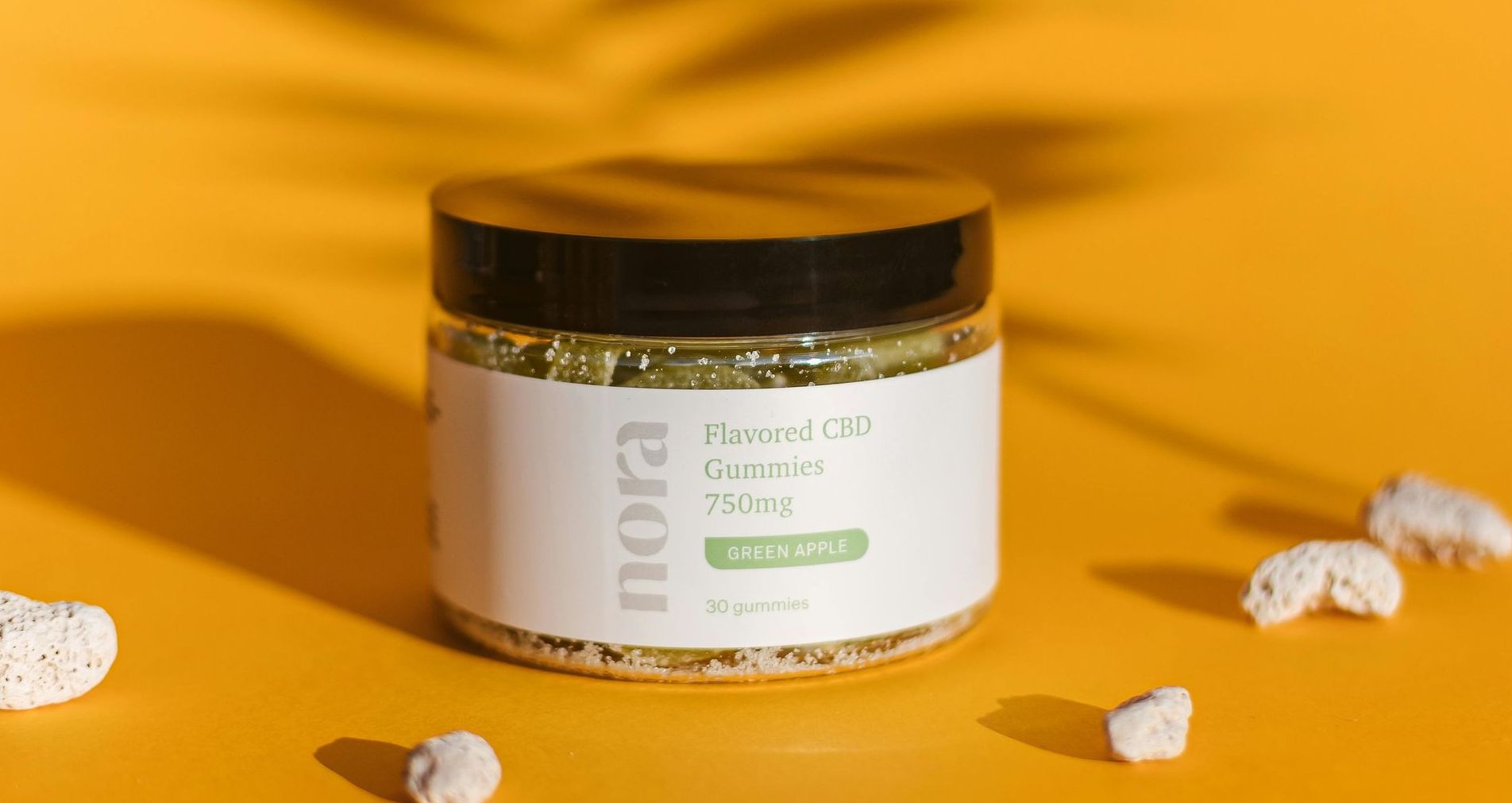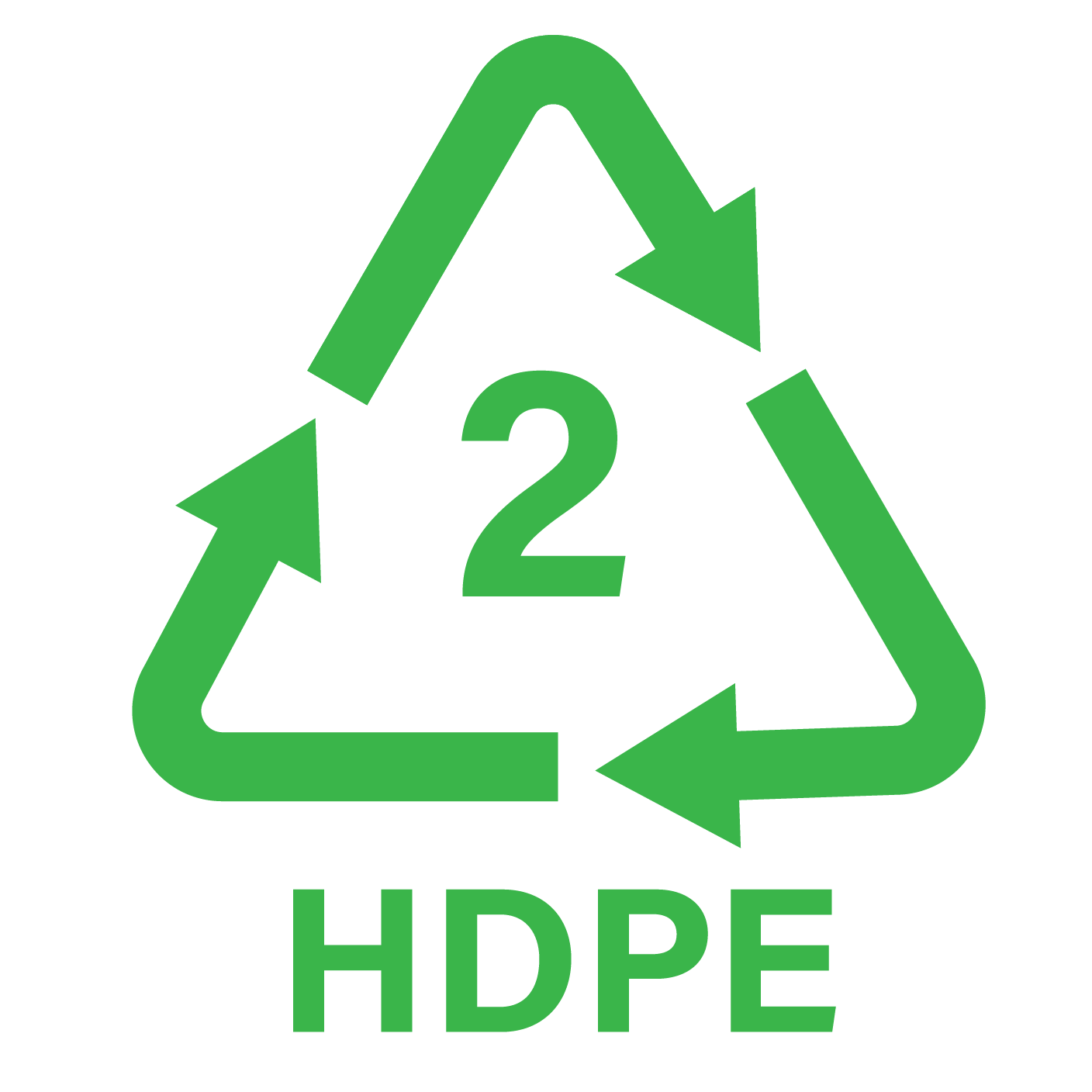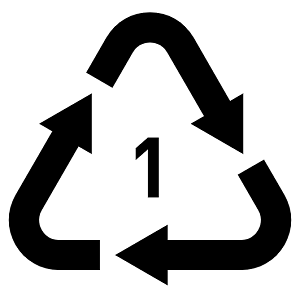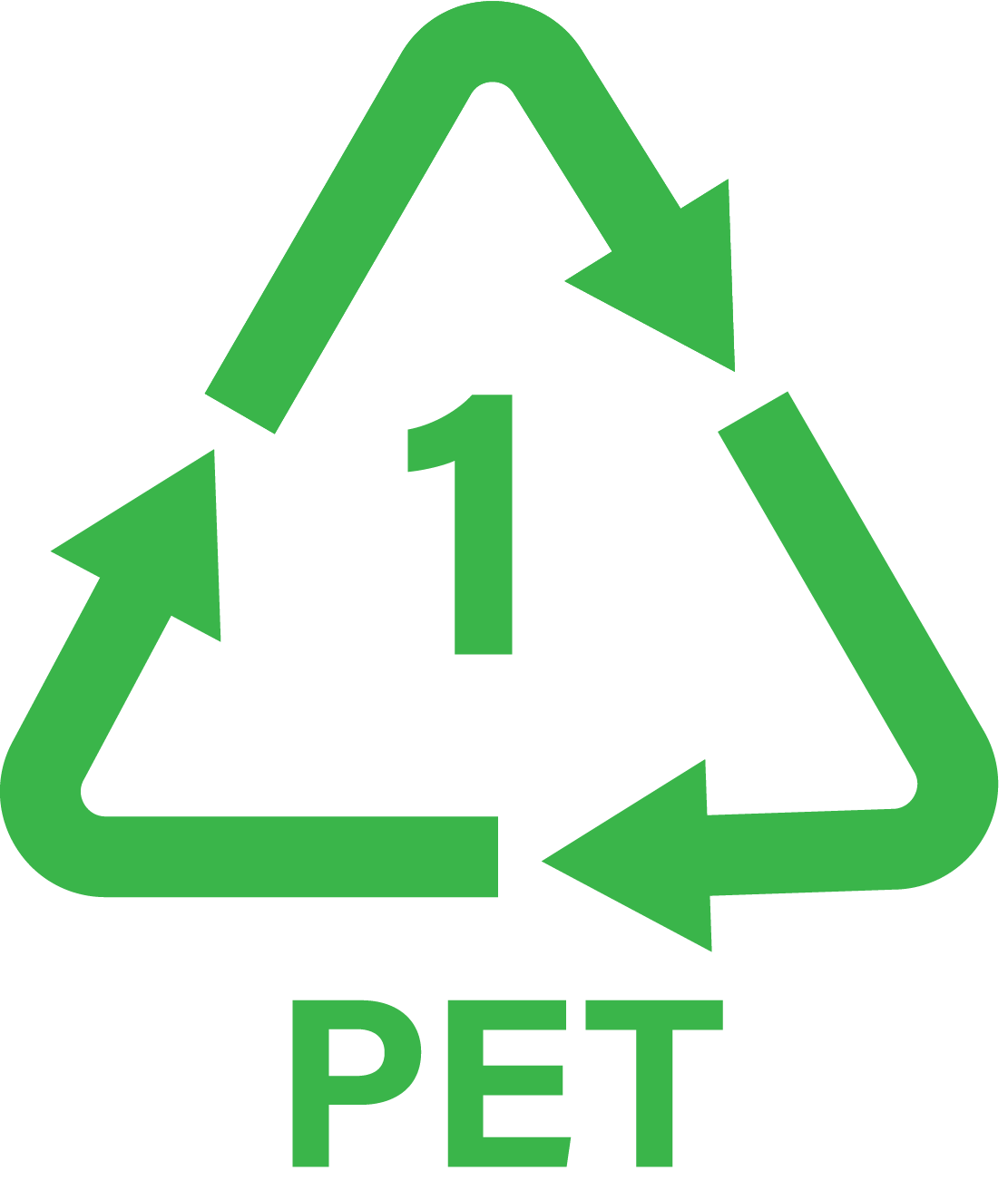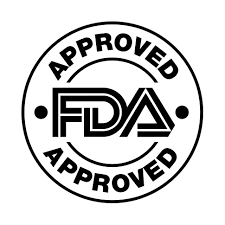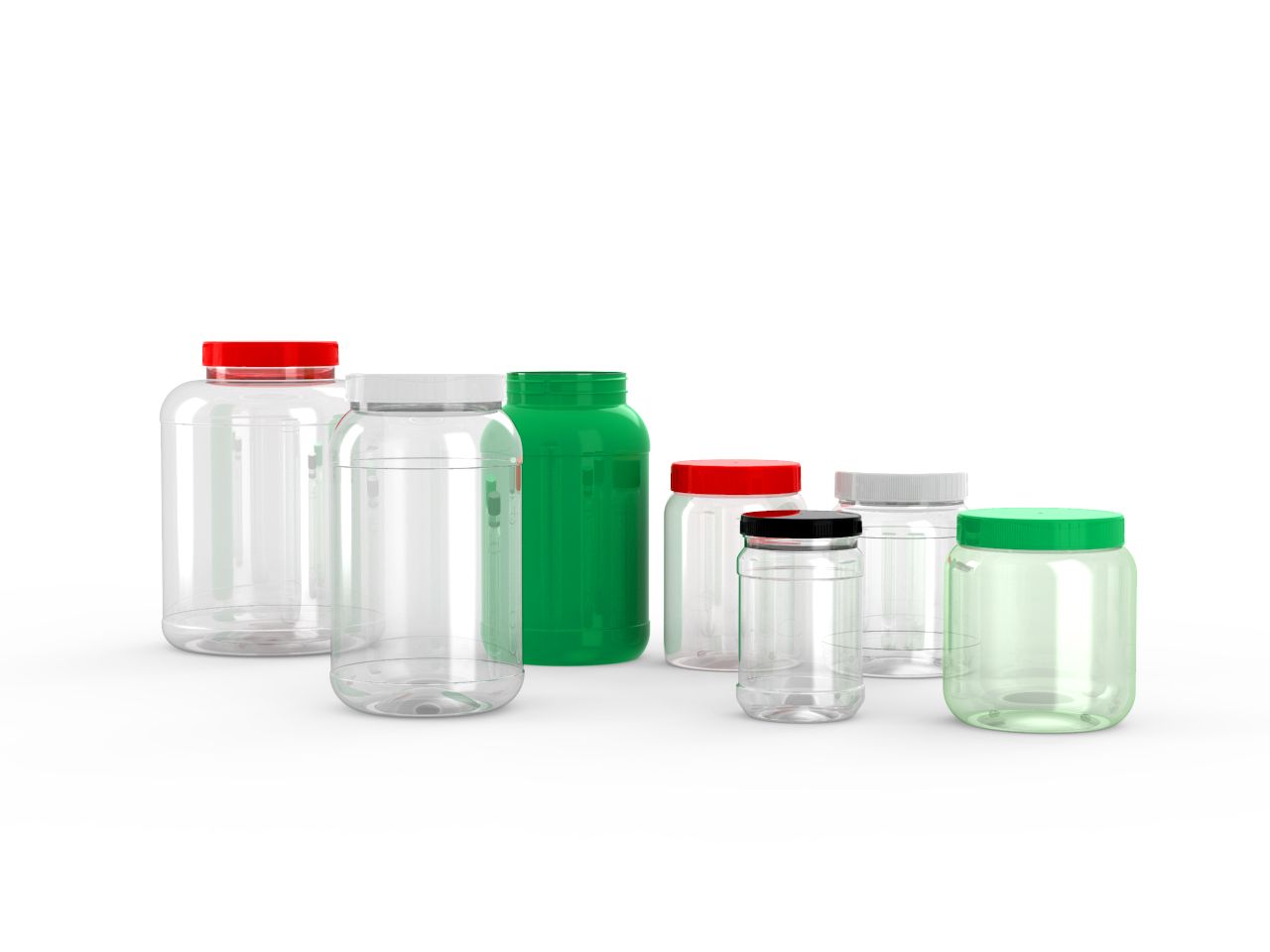PET Plastic Bottles for Pharmaceuticals: Safeguarding Health and the Environment
Benefits and Challenges of PET Plastic Pharmaceutical Packaging
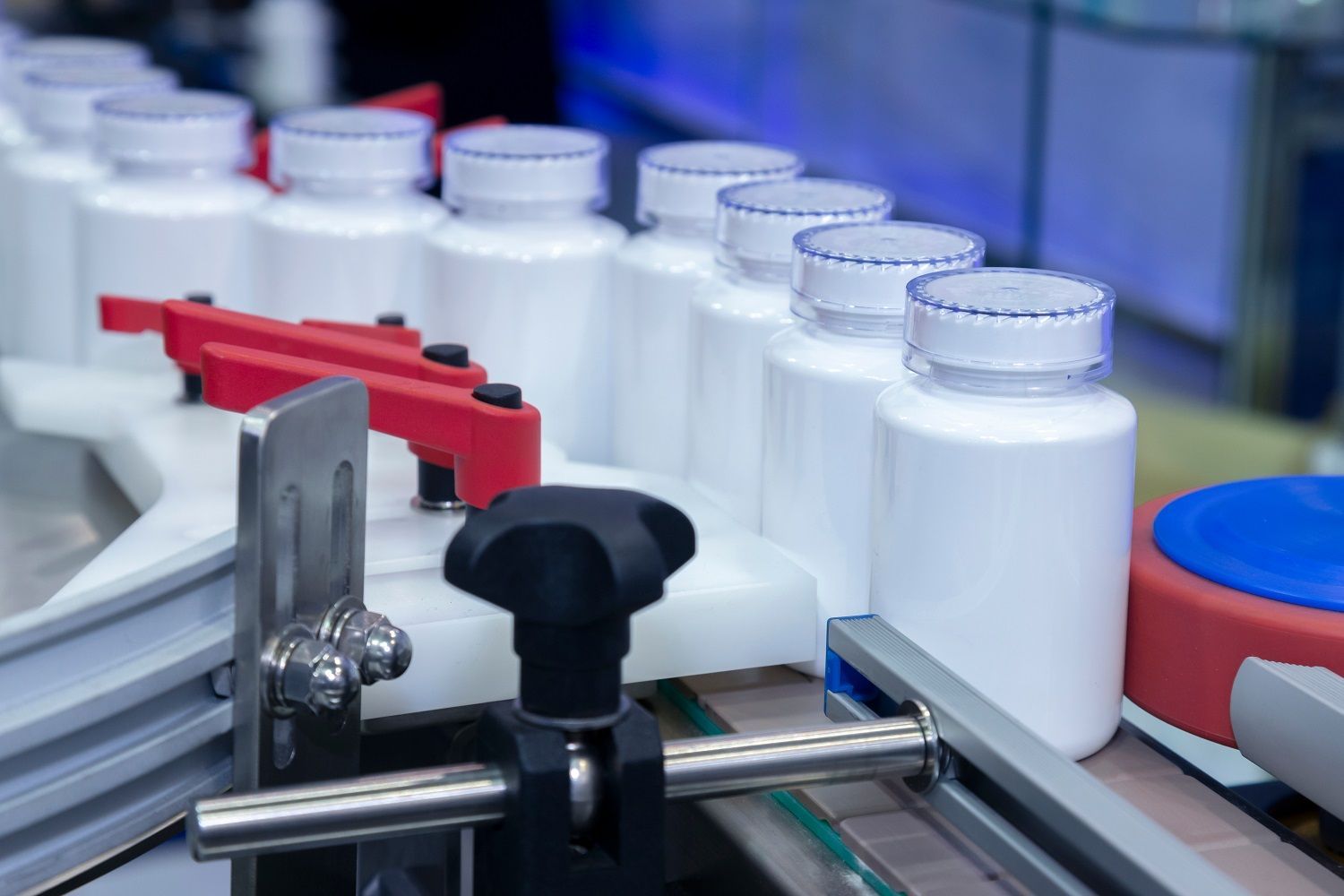
When it comes to pharmaceutical packaging, the choice of materials is crucial for ensuring product safety, integrity, and environmental sustainability. Polyethylene terephthalate (PET) plastic bottles have gained prominence as a preferred packaging solution in the pharmaceutical industry. In this blog post, we will delve into the advantages, applications, and considerations of PET plastic bottles, highlighting their role in safeguarding health and the environment.
Advantages of PET Plastic Bottles
Using PET plastic for pharmaceutical packaging can provide a number of advantages over other packaging methods, such as:
- Product Protection. PET plastic bottles offer exceptional barrier properties, protecting pharmaceutical products from moisture, light, and oxygen, which can compromise their stability and efficacy. This safeguards the potency and quality of medications, ensuring their effectiveness for patients.
- Transparency and Visibility. PET plastic bottles are known for their clarity, allowing healthcare professionals and patients to visually inspect the contents, verify the accuracy of labels, and detect any signs of tampering or contamination. This transparency enhances safety and builds trust in the pharmaceutical supply chain.
- Lightweight and Durability. PET plastic bottles are lightweight, reducing transportation costs and environmental impact. Their durability ensures that medications are well-protected during handling, shipping, and storage, minimizing the risk of damage.
- Versatility. PET plastic bottles can be molded into various shapes and sizes, accommodating different types of pharmaceutical products, including liquids, powders, and solid doses. This versatility allows for customized packaging solutions that meet specific needs and improve user convenience.
Environmental Sustainability of PET Plastic Packaging
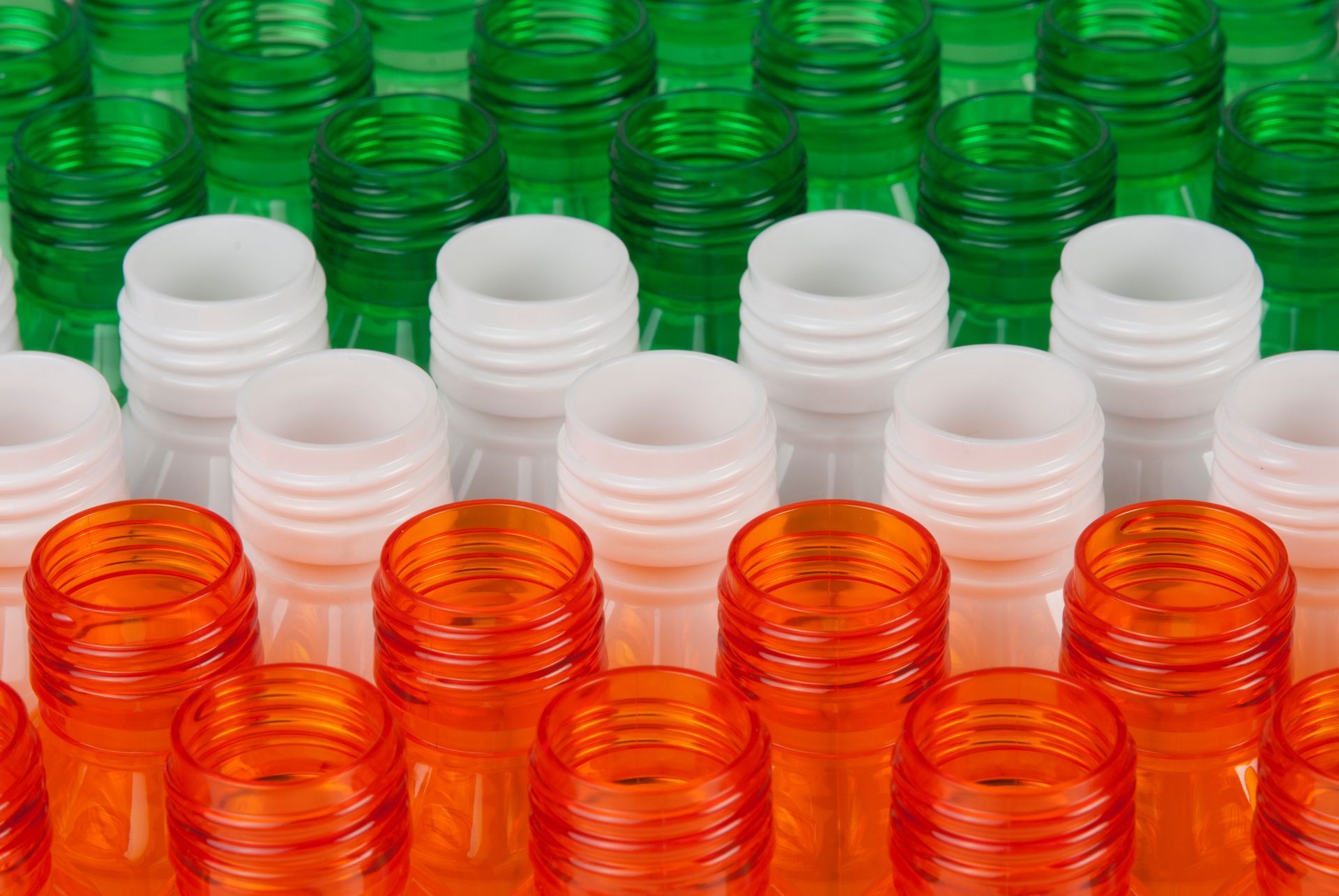
PET plastic bottles also contribute to environmental sustainability, aligning with the growing focus on eco-conscious practices in the pharmaceutical industry:
- Recyclability. PET plastic is highly recyclable, making it a valuable material in the circular economy. Proper recycling programs ensure that PET bottles can be collected, processed, and transformed into new products, reducing the reliance on virgin plastic production and minimizing waste generation.
- Reduced Carbon Footprint. PET bottles have a lower carbon footprint compared to other packaging materials, such as glass or certain plastics. Their lightweight nature reduces transportation emissions, leading to energy savings and a reduced environmental impact throughout the supply chain.
- Resource Conservation. Utilizing PET plastic bottles promotes the efficient use of resources. PET is derived from petroleum, but its lightweight nature means less raw material is required for manufacturing, conserving natural resources.
Safety and Regulatory Compliance
Ensuring the safety and compliance of pharmaceutical packaging is paramount. PET plastic bottles meet stringent quality standards and regulatory requirements set by agencies like the U.S. Food and Drug Administration (FDA) and the European Medicines Agency (EMA):
- Chemical Resistance. PET plastic bottles have excellent chemical resistance, preventing interactions between medications and the container. This ensures that the integrity and efficacy of pharmaceutical products are maintained throughout their shelf life.
- Tamper-Evident Features. PET bottles can incorporate tamper-evident seals and closures, offering an additional layer of protection against unauthorized access or tampering. These features provide reassurance to both healthcare professionals and patients.
- Regulatory Compliance. PET plastic bottles comply with industry regulations regarding product safety, hygiene, and traceability. Manufacturers must adhere to good manufacturing practices (GMP) and quality management systems to ensure the highest standards of pharmaceutical packaging.
The FDA and the EMA provide guidelines and regulations for pharmaceutical packaging materials. Manufacturers utilizing rPET plastic packaging must comply with these regulations to ensure product safety and efficacy. It is essential for pharmaceutical companies to collaborate closely with packaging suppliers to ensure compliance with all applicable regulations.
Packaging Pharmaceuticals with PET Plastic
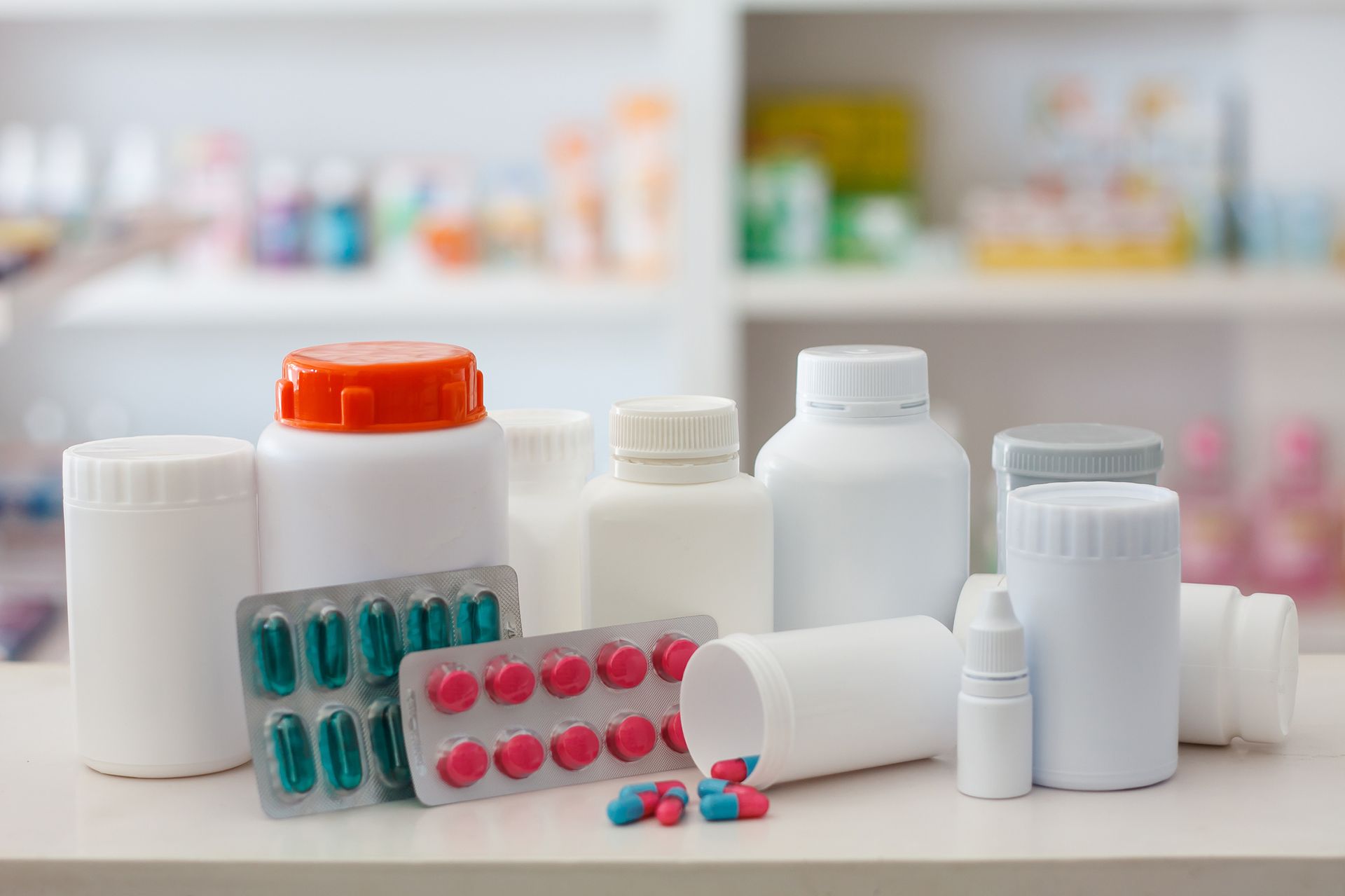
PET plastic bottles have emerged as a preferred packaging solution for pharmaceuticals due to their numerous advantages. They provide product protection, visibility, and customization while contributing to environmental sustainability through recyclability, reduced carbon footprint, and resource conservation. By choosing PET plastic bottles, the pharmaceutical industry ensures the safety, integrity, and efficacy of medications while actively participating in responsible environmental practices.
Moving forward, continued innovation, collaboration among stakeholders, and increased recycling infrastructure will further enhance the sustainability of PET plastic bottles in pharmaceutical packaging. By embracing these eco-friendly solutions, the industry can achieve a harmonious balance between delivering quality healthcare and protecting the planet we call home.
If you're looking for a safe and sustainable packaging solution for your pharmaceutical products, Plascene offers a wide array of PET Preforms that are perfect for tablets, capsules, powders, and liquids.
References
- "Is Your Plastic Material Suitable for Pharmaceutical Use?" - Drug Development & Delivery
- "Are PET Bottles Safe for Medicines? Yes, Says a Government Study" - Mint
- "PET Bottles Have Smaller Environmental Impact than Glass and Aluminum Containers, Study Says" - Plastics Today
- "Packaging Regulations for Medical Devices" - Packaging Digest

